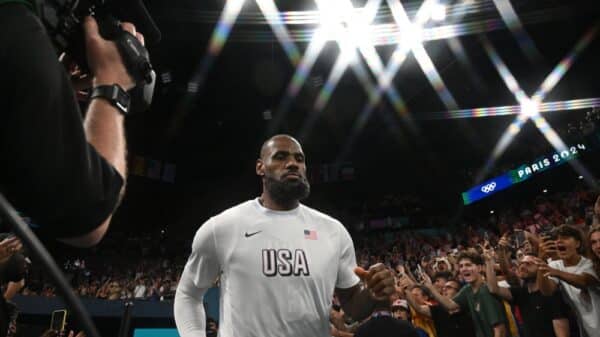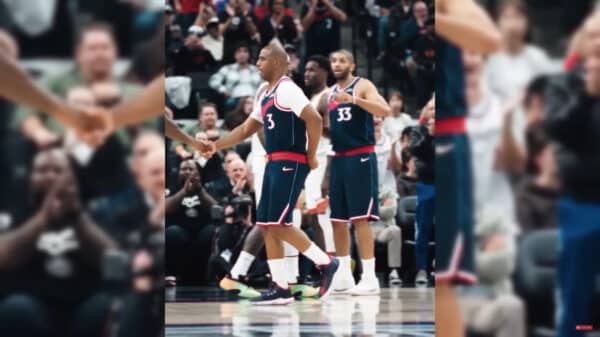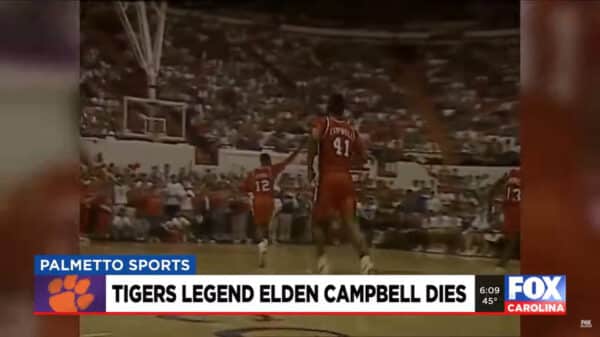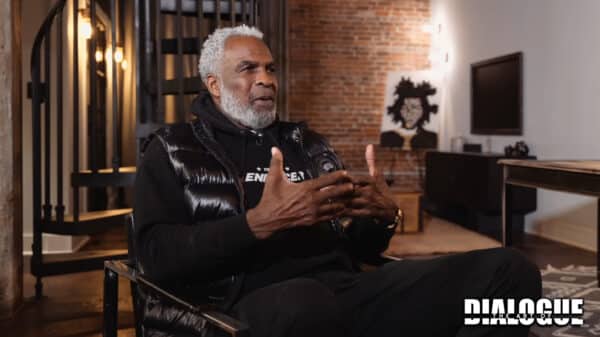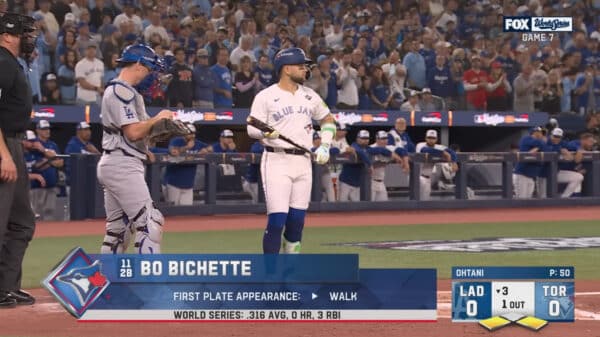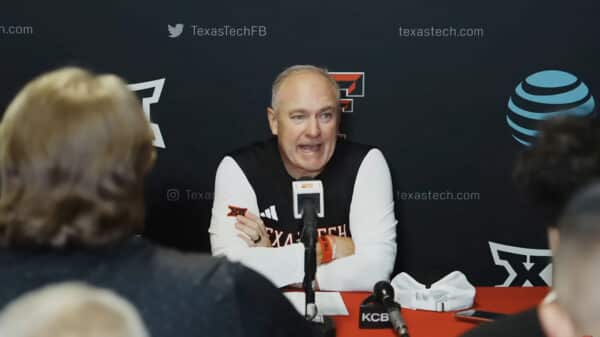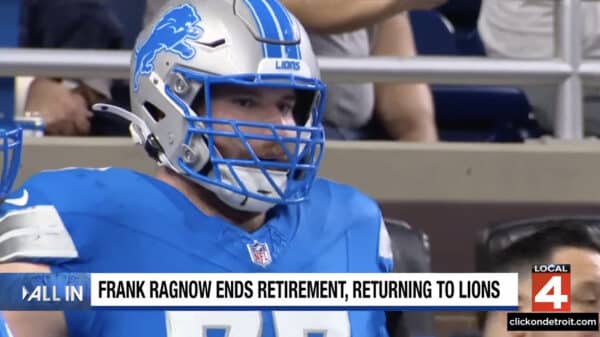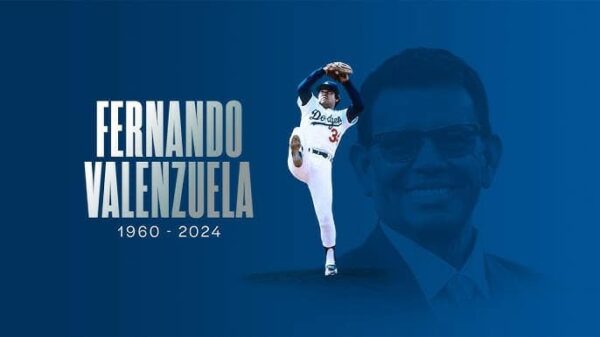This summer, the Boston Celtics find themselves at a crossroads, managing both salary cap intricacies and the uncertainty surrounding their superstar, Jayson Tatum. An Achilles injury will sideline Tatum for the 2025-26 season, raising significant questions regarding the team’s ability to remain competitive during his absence.
Salary Cap Dilemmas: A Bold Transition
In response to these pressing issues, the Celtics made a substantial decision to trade veteran point guard Jrue Holiday to the Portland Trail Blazers and standout big man Kristaps Porzingis to the Atlanta Hawks. Both players were seen as pivotal in the team’s pursuit of a championship for the 2023-24 season. However, the necessity to remain under the second tax apron of $207.8 million drove these transformative moves.
Remaining above this luxury tax line could have severely restricted the Celtics’ ability to conduct sign-and-trade deals, trade future first-round picks, or utilize their mid-level exception. With Holiday’s contract boasting an approximate $104.4 million over three years and Porzingis earning $30.7 million in his final year, these trades reflect a broader strategy to reduce the team’s financial burden.
The Future of the Celtics: Key Player Considerations
Notably, the Celtics may yet consider moving other essential players like Jaylen Brown and Derrick White to further alleviate salary cap pressures. Brown’s contract is a daunting $236.1 million over four years, while White is set for $125.8 million, making both players significant financial commitments.
John Hollinger from The Athletic underscores that the Celtics have been methodically preparing for these transitions. Despite celebrating a successful run in the 2024 NBA Finals, discussions about impending changes were ongoing. Under the new collective bargaining agreement, the team must conclude the 2025-26 season below the luxury-tax line, necessitating approximately $20 million in salary reductions.
A Path Forward: Building a Competitive Roster
Despite the challenges, Hollinger emphasizes that the Celtics have effectively managed this reshuffling, noting their success in securing two second-round picks in the deal for Holiday. As they look ahead, they have the potential to recover considerable draft capital, especially if they decide to part ways with key players like White, Sam Hauser, or even Brown.
Yet, the pressing question remains: can the Celtics regain their championship caliber upon Tatum’s return? Hollinger articulates a significant dilemma: “The real challenge comes next summer. How can the Celtics swiftly rebuild after substantial changes to their roster?”
Balancing Hope and Concern
As fans eagerly anticipate the 2026-27 season, the Celtics’ strategy during this transition period will be crucial in determining their future aspirations. If management chooses to trade Brown and White to ease salary cap constraints, the team may find it increasingly difficult to maintain competitive momentum without its current core.
Celtics fans are navigating a landscape filled with mixed emotions. They are aware of the business imperatives at play but yearn for the electrifying excitement that a championship-competent roster can bring. The road ahead will necessitate not only astute trades and acquisitions but also a unified vision aimed at overcoming the formidable challenges lying in wait.
In these transformative times, one thing is abundantly clear—Celtics fans will be closely watching, anxious to see how their franchise maneuvers through these uncharted waters and prepares for a future led by an invigorated Jayson Tatum.
Image Source: Jayson Tatum @ Instagram


